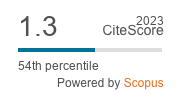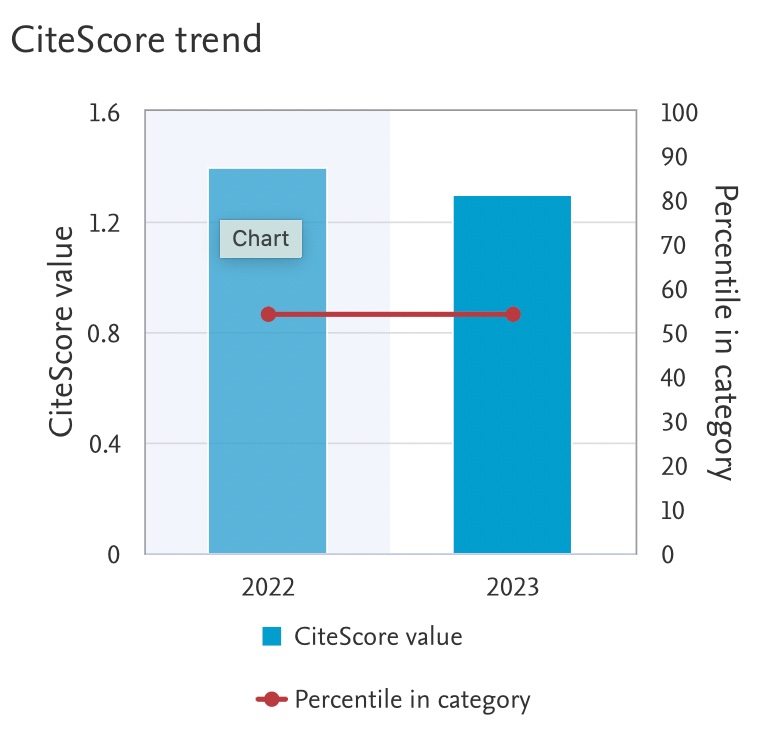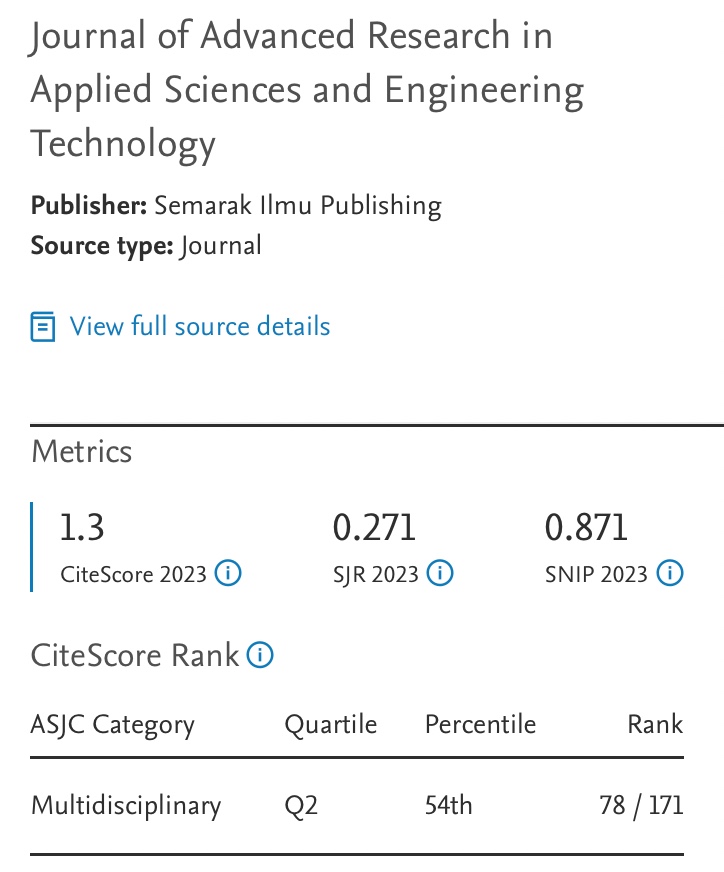Study on Wave Overtopping Discharge Affected by Guiding Wall Angle of Wave Dragon Device Using FLOW-3D Software
DOI:
https://doi.org/10.37934/araset.41.2.208222Keywords:
WECs, Wave Dragon, Overtopping wave, CFDAbstract
The Wave Energy Converters (WECs) have become the main attraction in producing electricity by converting the wave's energy to electricity. The focus of the WECs is the overtopping of the wave. The higher of overtopping water collected in the basin, the higher the power produced. Producing the higher overtopping also requires higher wave flow rate entry. In the Wave Dragon system, the rate of wave flow entering the reservoir is influenced by the guiding wall (reflector) angles and wave height. Hence, most overtopping concepts have tried to increase the water addition into the pool studying their geometrical parameter, mainly on the guiding wall of Wave Dragon. The unknown effect of the guiding wall angles on the overtopping and effect of the wave characteristic remained. Thus, this study aims to investigate the appropriate guiding wall angle on the influence of different wave heights affecting the performance of the Wave Dragon unit. Then, using FLOW 3D software to apply different guiding wall angles and wave characteristics to the device parameters for investigation. The numerical result highlights that the higher overtopping discharge is obtained during the upper limit of wave height and guiding wall angle. Besides, percentage different between the simulations model and experimental observation, was found at 15%. The result of this study will be beneficial to the industry related to wave potential energy, especially Wave Dragon, and it will also help them improve their device performance.
Downloads





























